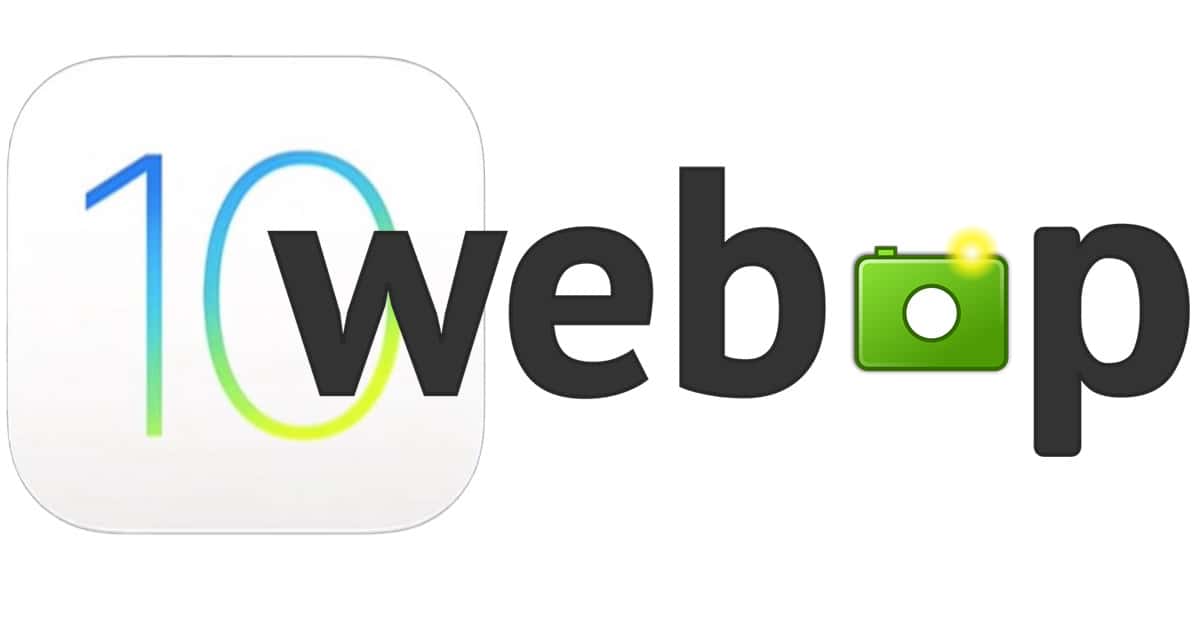Apple added support for Google’s WebP image format to Safari in the beta versions of iOS 10 and macOS Sierra, which could make websites load faster. “Could,” in this case, assumes Apple keeps WebP support in the shipping versions of its operating systems, and Web developers adopt the format for their site images.

WebP is an open image format designed by Google. It claims to offer better compression without losing image quality, and supports transparency along with animation. In other words, it’s a single format that replaces JPEG, PNG, and GIF with better image quality in smaller files. The end result is that websites load faster and chew through less of our wireless data plans.
Drumming Up Support
It doesn’t matter how great WebP—or any image format—is if Web browsers don’t support it. Right now, Chrome and Opera are the only mainstream browsers supporting the format, and a couple niche browsers using Chrome’s engine are on board, too.
Getting Apple on board with iOS 10 and macOS Sierra, both due to ship this fall, would go a long way to making WebP a popular alternative to JPEG, PNG, and GIF for website design. That’s something Google would love because so far browser developers haven’t been too keen on adopting the format.
Mozilla conducted a study in 2013 comparing WebP, JPEG XR, and HEVC-MSP to JPEG. The three have been considered as potential alternatives to JPEG for some time, but haven’t caught on. Mozilla summed up its study nicely saying,
The data shows HEVC-MSP performing significantly better than JPEG and the other formats we tested. WebP and JPEG XR perform better than JPEG according to some quality scoring algorithms, but similarly or worse according to others.
We consider this study to be inconclusive when it comes to the question of whether WebP and/or JPEG XR outperform JPEG by any significant margin.
That sweeping dismissal of WebP’s benefits isn’t making the file format look any more enticing to browser developers.
It’s More than Just Dating
It’s no surprise WebP hasn’t caught on considering Mozilla’s lackluster conclusion. For browser developers, that isn’t much incentive to support the format.
The commitment browser makers have to make to support WebP is pretty significant, too. It’s more than simply tossing some extra code in; this is a long term commitment. Once WebP is in the browser, developers are committed to supporting it essentially forever—just as they do with JPEG, PNG, and GIF.
Supporting WebP isn’t like going out on a date. It’s like getting married, and that’s a commitment developers aren’t taking lightly. Apple, however, figured out how to date WebP without committing to marriage for now by rolling support into beta operating systems. If it doesn’t work out, they split up and remember the good times. But if it does, we’ll welcome WebP into the family this fall.
Once Apple is on board, WebP could have the momentum it needs to catch on…maybe. If Apple walks away from the format, however, other developers will be more likely to continue dismissing it, leaving WebP stuck in its mostly monogamous relationship with Chrome.
Calling all Designers
Convincing developers to add WebP support to browsers is only half the battle because site designers need to support it as well. That means having the tools to create WebP images, and the site infrastructure to support serving them up.
First up, the tools: Adobe Photoshop, the standard for image editing, supports WebP through plugins. Pixelmator, a lower cost Photoshop competitor, supports WebP natively. That takes care of making WebP graphics.
Next up, the support: Simply placing WebP images on a site is a recipe for disaster. Most people visiting a WebP-only site won’t see any graphics, ruining all the effort that went into a site’s design. The site needs to serve up JPEG, PNG, and GIF images just as it always has, and offer up WebP versions for browsers that support the format.
Ensuring site viewers see the right graphics means code to see which file formats browsers support, and multiple versions of each graphic—a JPEG, PNG, or GIF version, and its corresponding WebP version. WordPress is the most popular website platform, so I checked their plugin repository: currently six plugins offer varying levels of WebP support.
That’s a start, but not nearly as many plugins I’d expect if WebP was a significant player. So far, there isn’t much incentive for designers to jump into a WebP relationship.
That doesn’t mean WebP is doomed, but it does face an uphill battle. Google says WebP files are at least 25% smaller than JPEG and PNG images, which is significant.
If WebP images prove to be consistently smaller, and the format gains wide acceptance, we should see faster page loads and lower wireless data usage. But that’s a big if because so far the interest just isn’t there. Maybe Apple can change that if WebP earns a place in iOS 10 and macOS Sierra.
